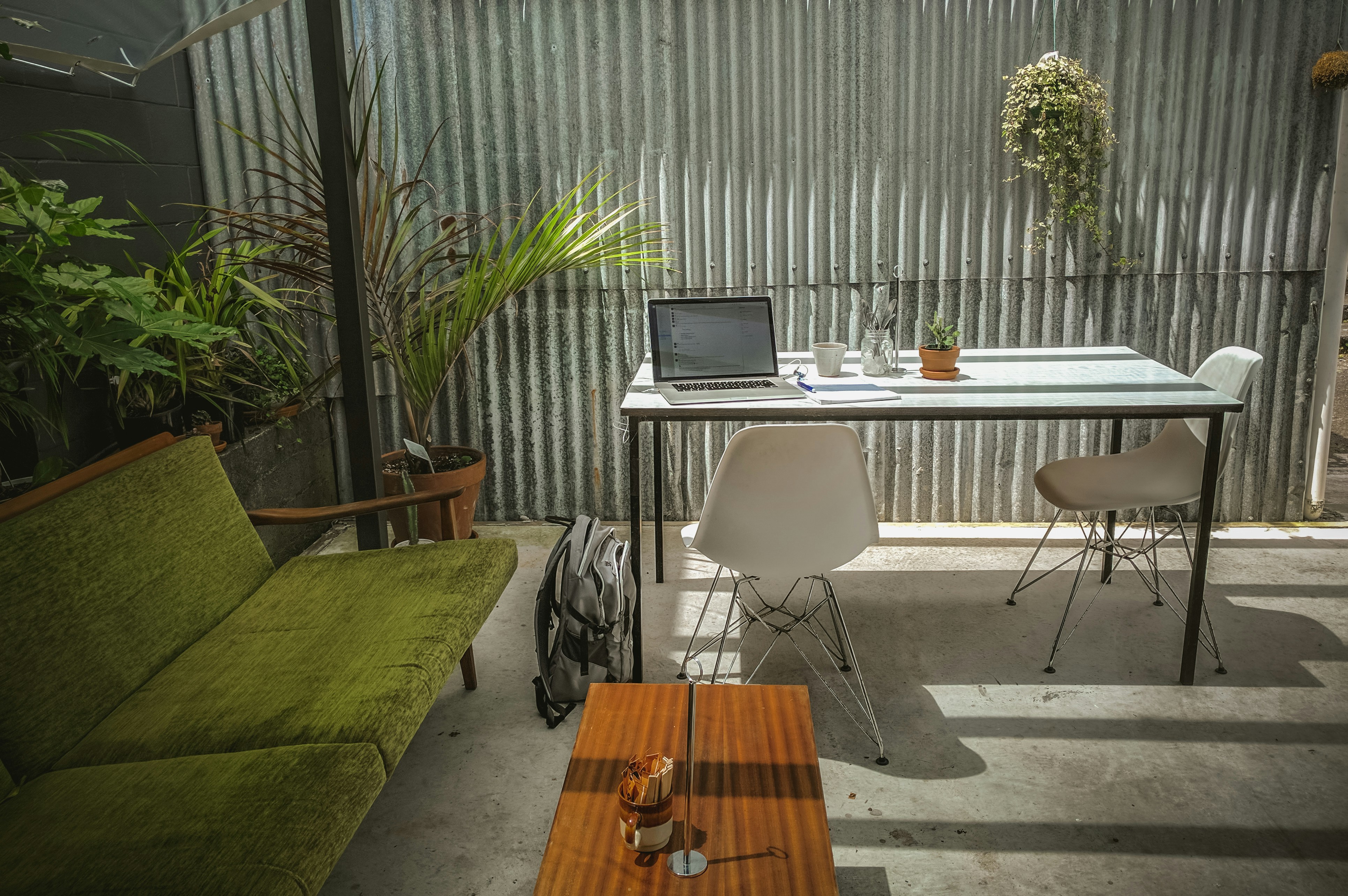Elevating Hallway Aesthetics: The Art of Corridor Chic
The often-overlooked hallway is emerging as the unexpected canvas for interior design innovation. No longer a mere passageway, today's corridors are being transformed into captivating galleries of personal style. From grand entryways to cozy apartment nooks, the hallway renaissance is redefining how we view and utilize these transitional spaces. Let's embark on a journey through the world of corridor chic, exploring how this trend is reshaping homes and challenging conventional design wisdom.

Modern hallways, however, have transcended their basic function. Today’s designers view these spaces as opportunities for creative expression, turning what was once dead space into vibrant, multifunctional areas that set the tone for the entire home.
Corridor as Canvas: Artistic Approaches
Contemporary hallway design embraces the space as a gallery for personal expression. Bold wallpapers, statement lighting fixtures, and curated art collections transform corridors into immersive experiences. Designers are experimenting with oversized mirrors to create the illusion of space, while others opt for floor-to-ceiling murals that transport inhabitants to different worlds with each passage.
The key to successful hallway art lies in balance. Too much can overwhelm, while too little fails to capitalize on the space’s potential. Experts recommend choosing a focal point – be it a striking piece of art or an accent wall – and building the design around it.
Functional Flair: Storage Solutions with Style
As homes become smaller and storage more precious, hallways are stepping up to the plate. Innovative storage solutions are being seamlessly integrated into corridor designs, proving that functionality and aesthetics can coexist harmoniously.
Built-in cabinets with sleek, handle-less fronts offer clean lines while hiding clutter. Floating shelves provide display space for cherished objects without encroaching on walkways. Some designers are even incorporating pull-out drawers into stair risers, maximizing every inch of available space.
The trend towards multifunctional furniture is also making waves in hallway design. Benches with hidden storage, wall-mounted drop-leaf tables, and modular shelving systems offer flexibility and practicality without compromising on style.
Lighting the Way: Illuminating Design Trends
Lighting plays a crucial role in hallway design, influencing both ambiance and functionality. Gone are the days of harsh overhead fixtures; today’s corridor lighting is all about layering and atmosphere.
Designers are experimenting with recessed lighting to create a soft, welcoming glow, while statement pendants or chandeliers add drama and personality. Wall sconces, once considered outdated, are making a comeback in sleek, modern forms, providing both illumination and artistic flair.
Smart lighting systems are also gaining traction, allowing homeowners to adjust brightness and color temperature throughout the day. This not only enhances the aesthetic appeal but also contributes to energy efficiency and overall well-being.
Material Matters: Textures and Surfaces
The tactile experience of a hallway is becoming increasingly important in design considerations. Designers are mixing materials to create depth and interest, even in narrow spaces. Textured wallpapers, natural wood paneling, and tactile fabrics are being used to add warmth and character.
Flooring choices are also evolving beyond traditional hardwood. Patterned tiles, plush carpets, and even rubber flooring are making appearances in corridor designs. The key is to choose materials that can withstand high traffic while complementing the overall aesthetic of the home.
The Psychology of Passageways
Interestingly, the renewed focus on hallway design is backed by psychological research. Studies have shown that transitional spaces can significantly impact our mood and behavior. A well-designed hallway can reduce stress, increase feelings of well-being, and even improve social interactions within the home.
Designers are incorporating these findings into their work, using color theory and spatial arrangement to create corridors that not only look good but feel good to inhabit. Soft, cool colors are being used to create a sense of calm, while strategically placed plants bring a touch of nature indoors, known to reduce anxiety and improve air quality.
Conclusion: Embracing the Corridor Revolution
As we continue to redefine our living spaces, the humble hallway is emerging as an unexpected star in home design. By embracing the potential of these transitional spaces, homeowners and designers alike are creating homes that are more cohesive, functional, and personally expressive.
The corridor chic trend reminds us that every square inch of our homes has the potential for beauty and purpose. As we move forward, we can expect to see even more innovative approaches to hallway design, further blurring the lines between functionality and art in our living spaces. The hallway, once a mere afterthought, is now at the forefront of interior design innovation, proving that sometimes, the path less traveled is the most rewarding.






